Fresh organic vegetables can be expensive and challenging to find, and that is why you should consider growing some in your backyard.
It is easy to grow pechay regardless of whether you have a garden or not. Pechay can be grown in containers.
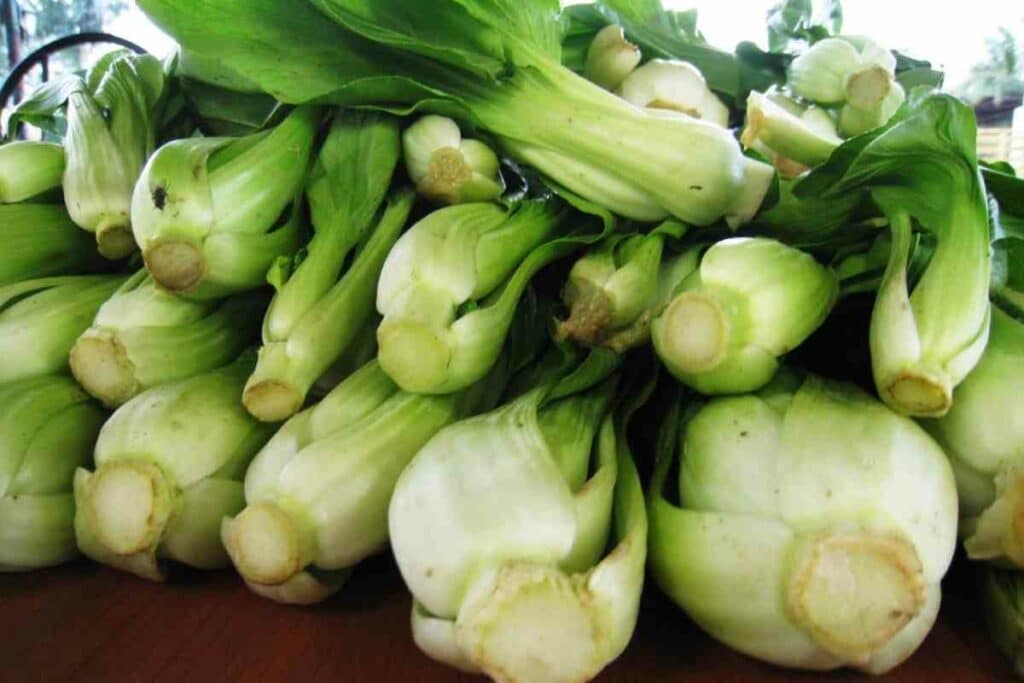
In fact, if you have a room that can accommodate several 6-inch pots with a spacing of 4-inch, you can grow pechay.
Pechay is also called bok choi, or pak choi, is a kind of cabbage that produces a cluster of leaves instead of a head after maturing and ripening.
Pechay is widely grown in the Philippines, where it attained this name.
How to Grow Organic Pechay
To grow your pechay is easy; it involves straightforward steps.
Pechay performs well in almost all soil types and temperature zone.
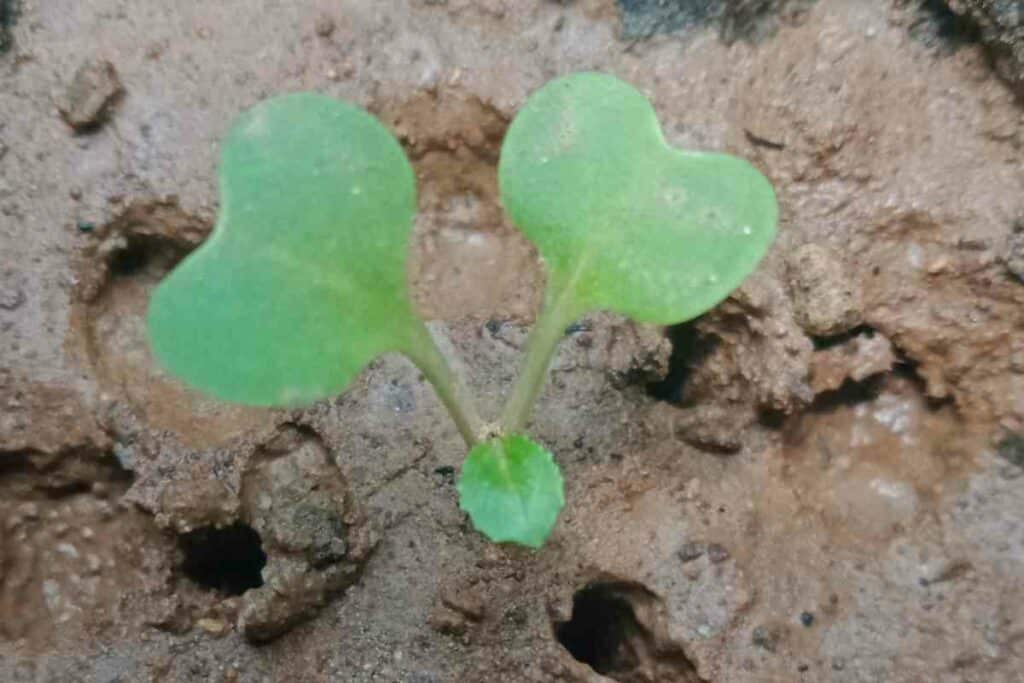
In addition to saving you time and money, pechay has several health benefits which would inspire you to incorporate it into your diet program.
These health gains include:
- strengthening human bones
- boosting your immunity
- enhancing anti-cancer factors
- and many other benefits…
How to Sow Pechay Seeds
Use a seed tray to sow your pechay seeds by placing two seeds in each slot and covering them using potting soil or compost, and water them twice daily.
The seeds start sprouting after three days, but they are not yet ready for transplanting.
Wait till they produce at least four leaves which should be after two weeks.
At this time, they are ready to be transferred to the garden or your containers.
Select the healthy seedlings to transplant them:
- You can plant up to three of them in one container.
- Always ensures the seedlings are not overcrowded, which leads to stunted growth and weak plants due to limited leaf growth.
- The plants should have a separation of at least 4-inches.
Thus, you should use a large container or a garden where the pechay plants are evenly distributed for maximum yields and better growth.

Pechay crops flourish in shady environments, although they also need a few hours of direct sunlight for better and firm growth.
Thus, you should grow them in the shady regions of your garden, where they get maximum shade and heat. Reduced sunlight limits the plants’ growth and produces unhealthy leaves.
In essence, when growing pechay plants, you should balance between access to direct sunlight and shade for optimum growth and increased yields.
Moreover, ensure you water your pechay plants each morning and evening if the soil dries fast. High temperatures could scorch your pechay or wilt the entire plant.
During hot seasons, always plant your pechay under tall trees for shade while still receiving sufficient direct sunlight every morning.
Frequently watering the pechay also prevents them from wilting, and during summer, you may find yourself watering them more than other times.
Wondering Why? That is because high summer temperatures dry the soil faster, increasing the risk of the pechay wilting.
When to Apply Fertilizers
You can fertilize the soil before transplanting the seedlings.
Always mix your organic fertilizer including, compost and earthworm castings, with the soil.
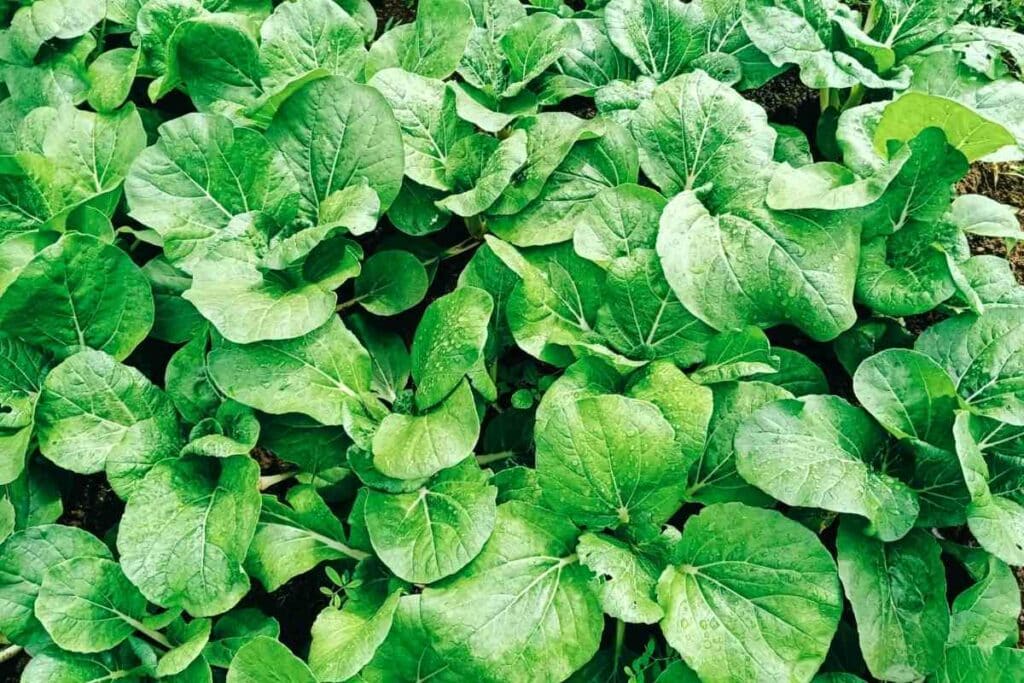
The soil status will determine how much the portion of the fertilizer to mix; soils with high organic matter content require low fertilizer dosage and vice versa.
After transplanting your seedlings:
- Allow them to grow tall before adding fertilizer to boost leaf development and stronger stems.
- Later on, when the plants are above five centimeters above the ground, you can apply commercial organic fertilizers as you weed the plants.
The fertilizer dosage also varies based on the type of commercial organic fertilizer you purchase.
Before purchasing, you should read the fertilizers’ labels to determine what is appropriate for your soil and pechay plants.
That also helps you understand different dosage properties for current and future usage.
Notably: You should add fertilizer to your pechay after fifteen days for better results and stop two weeks before harvesting.
When to Harvest Your Pechays
Pechay plants often mature fast and are ready for harvesting after five weeks.
In fact, for quick growers, it can take one month to harvest pechay leaves after transplanting. Garden pechay grow bigger and healthier compared to potted ones.
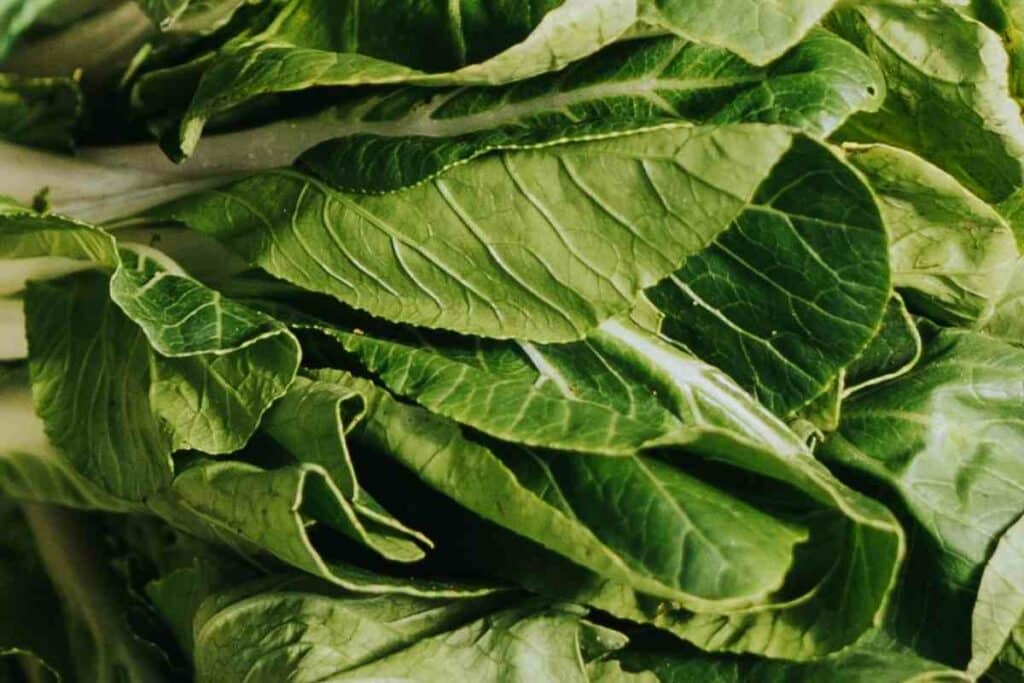
Nonetheless, you can mix and condition your soil regularly using organic fertilizers; the pechay can yield plenty of produce.
You can harvest your pechay in two ways:
- Pluck the mature leaves slightly above the ground, which allows new leaves to mature and be ready for harvesting within two to three weeks.
- You can uproot the whole pechay plant.
You can start with option one, followed by the second method in the next harvest because the plants produce less from the third harvesting.
How to Handle Pests and Insects
Pechay plants are susceptible to pest infestation, especially flea beetles and leaf miners.
You can purchase organic pesticides from farm stores to address this challenge.
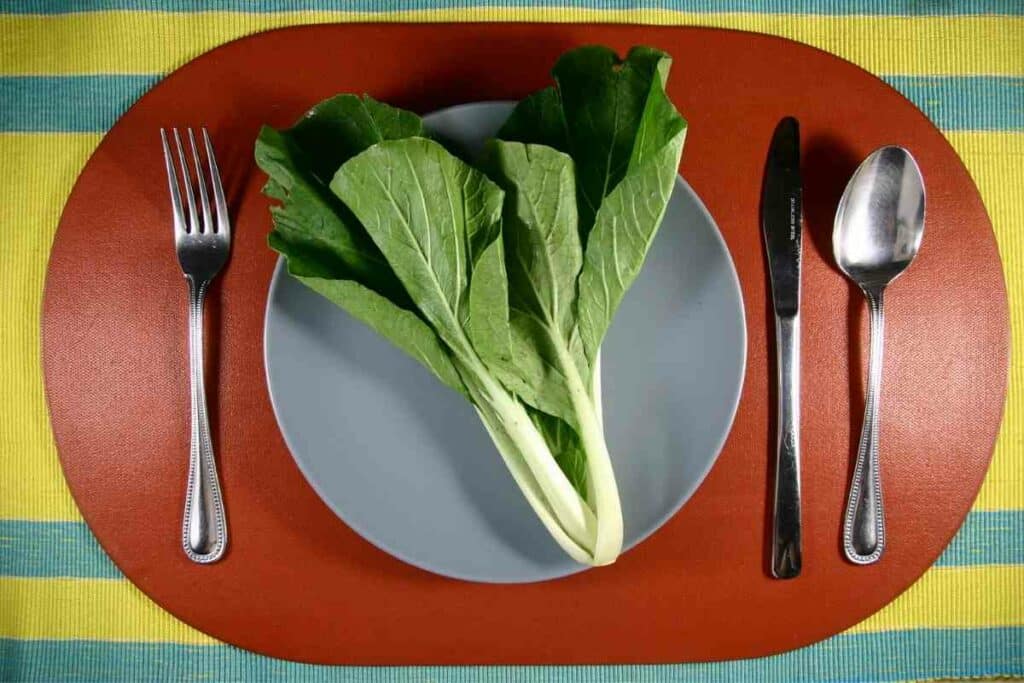
Alternatively, you can make your homemade pesticide using water and canola oil; it is as effective as the organic pesticide bought in stores.
Pests and insects often devour your pechay leaves or the entire plant:
- You can use your homemade pesticide or soap solution to rid your plants of snails, slugs, or insects.
- You can also kill them directly but restrain from applying insecticides where you can and instead use water.
Regarding snails and slugs, you can utilize kitchen salt to eradicate them and consequently safeguard your vegetables.
However, you are not restricted from using a stronger pesticide if the insects, slugs, and snails are many and significantly devouring your pechay plants.
You should pay attention to the seedlings’ early growth stages because insects, snails, and slugs usually attack pechay plants at this time, often targeting the leaves.
Final Thoughts
Overall, pechay is easy to grow and appropriate for first-time gardeners.
They flourish in warm conditions and do not require special soil treatment for better growth and development.
Most importantly, the yield from pechay is often amazing.


